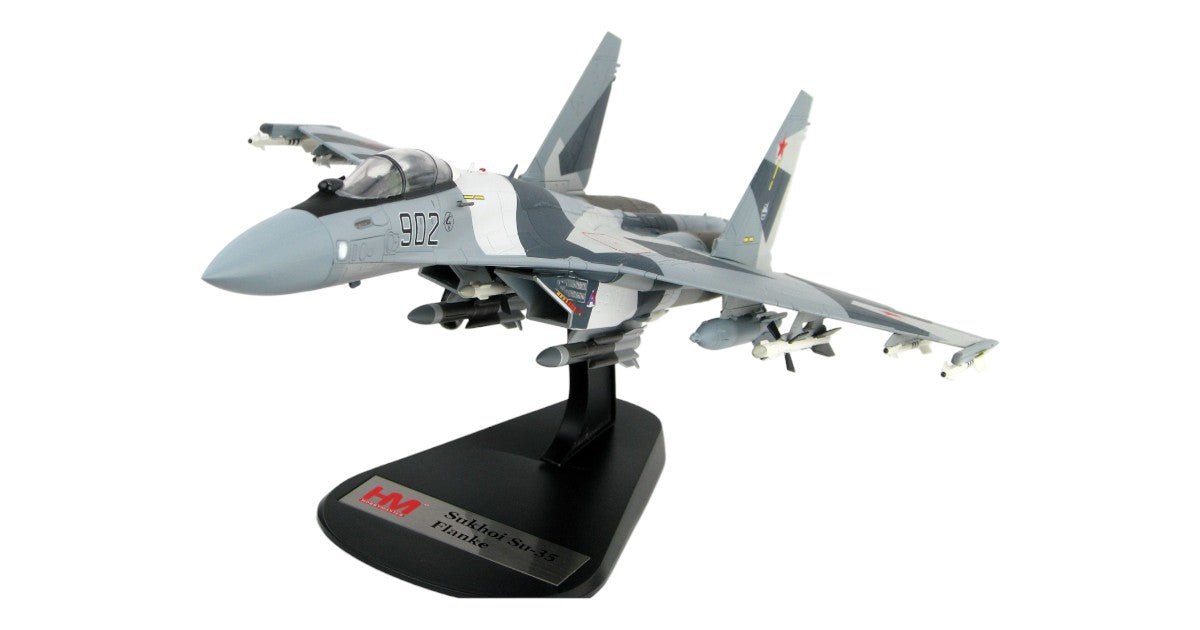Article: A Beginner's Guide to Aircraft Model Collecting
A Beginner's Guide to Aircraft Model Collecting
Understanding Aircraft Model Scales
Aircraft model collecting represents a fascinating intersection of aviation history, craftsmanship, and precision engineering. The scale ratio, denoted by numbers like 1:400 or 1:32, indicates the size relationship between the model and its real-world counterpart. For example a 1:72 scale model is 72x smaller than the real-world counterpart.
Each scale offers unique advantages and applications for collectors and enthusiasts.
| Scale | Best Suited For |
|---|---|
| 1:400 | Small Scale Commercial Aircraft |
| 1:200 | Commercial Aviation Display |
| 1:144 | Space Craft & Military Aircraft |
| 1:72 | Fighter Aircraft & Bombers |
| 1:48 | Detailed Combat Aircraft |
| 1:32 | Large-Scale Fighter Aircraft |
Scale-Specific Characteristics
Smaller Scales (1:400 - 1:200)
These diminutive scales excel in space efficiency and affordability. The 1:400 scale proves optimal for creating expansive airport dioramas, while 1:200 offers a perfect balance between detail visibility and collection manageability. These scales particularly appeal to commercial aviation enthusiasts and those with space constraints.
Medium Scales (1:144 - 1:72)
The 1:144 and 1:72 scales represent the sweet spot for many collectors. These scales provide sufficient detail for appreciation while maintaining reasonable storage requirements. Military aircraft collectors often gravitate toward these scales due to the extensive variety of available models and aftermarket modifications. Pleaser note that 1:72 scale bombers or transport aircraft take up much more space.
Large Scales (1:48 - 1:32)
Premium scales like 1:48 and 1:32 showcase intricate details, including cockpit instrumentation, panel lines, and riveting. These larger scales facilitate detailed weathering techniques and modifications, making them ideal for serious modelers and display purposes.
Value Determinants in Aircraft Models
The valuation of aircraft models depends on multiple factors that contribute to their collectibility and investment potential. Rarity, condition, and historical significance play pivotal roles in determining market value.
"The most valuable aircraft models are those that combine historical significance with exceptional craftsmanship and preservation." - Aviation Collectors Quarterly
Key Value Factors
- Manufacturing quality and precision
- Historical significance of the represented aircraft
- Limited edition status and production numbers
- Condition and completeness of original packaging
- Authentication certificates and documentation
- Manufacturer reputation and legacy
Model Care and Preservation
Proper maintenance ensures the longevity and value retention of aircraft models. Environmental factors, handling procedures, and storage conditions significantly impact preservation outcomes. Implementing systematic care protocols safeguards these precious artifacts for future generations.
Essential Maintenance Guidelines
- Store models in climate-controlled environments (65-75°F, 45-55% humidity)
- Clean surfaces using specialized brushes and compressed air
- Handle models only by their sturdiest components
- Use UV-protective display cases
- Document condition changes and maintenance procedures


